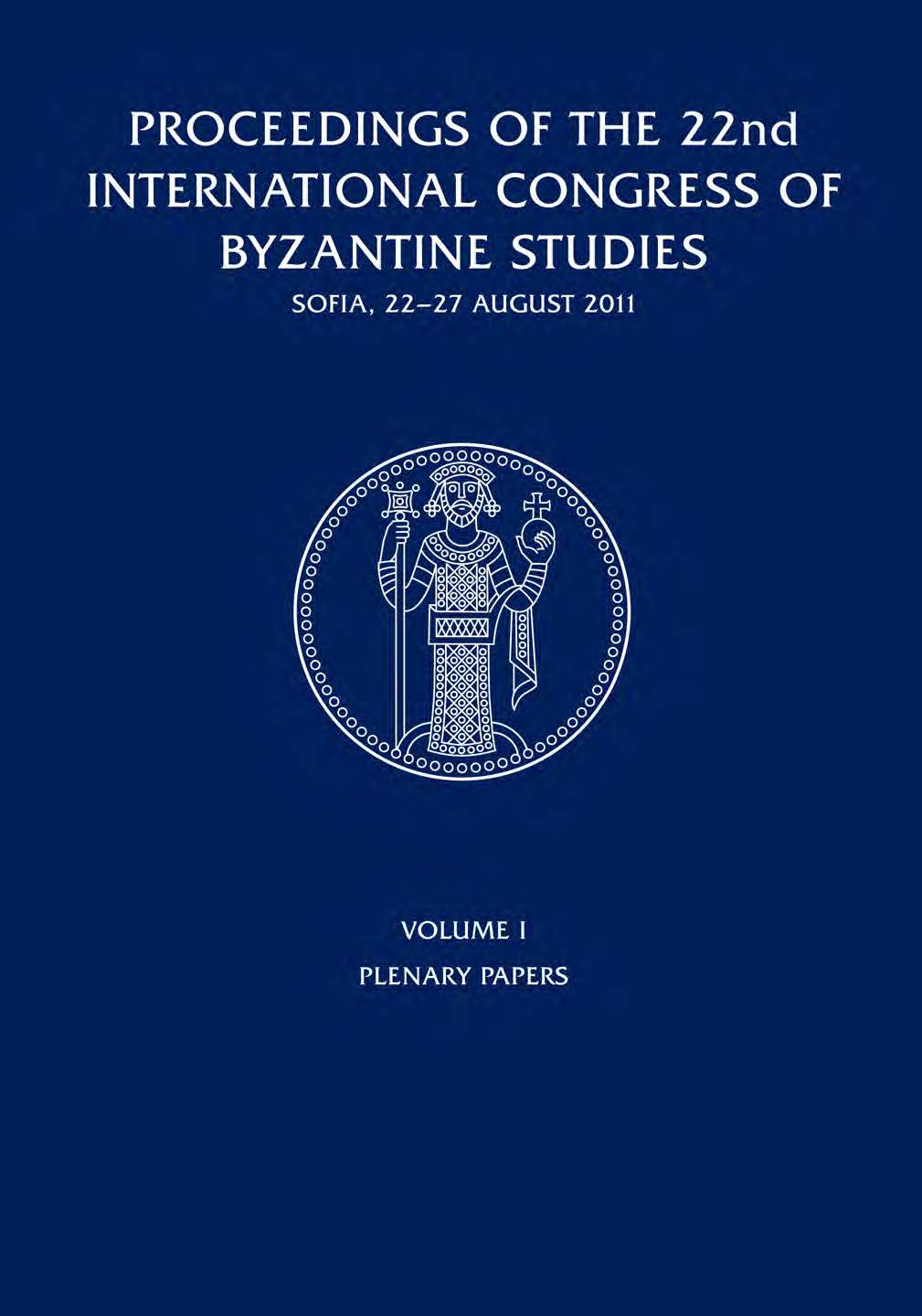
We kindly inform you that, as long as the subject affiliation of our 300.000+ articles is in progress, you might get unsufficient or no results on your third level or second level search. In this case, please broaden your search criteria.


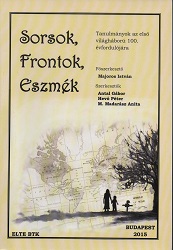
The analysis is based on sixty newspapers and journals of the given period. It wants to show the political and everyday life of people in the last month of the peace after the assasination of Franz Ferdinand and before the declaration on war. The essay also wants to show the changing standpoint of Hungarian political elite concerning the outbreak of the war, and the cultural background of Hungarian nationalism.
More...
In the 1910’s the Slovak national movement had a double political program. The first level of this was the realization of the Nationality Law of 1868/XLIV. The second was the achievement of the autonomy for the compact Slovak language area in Upper Hungary. The Slovak national movement was too week to reach these goals all by itself, so they had to look for allies. They had four possibilities. The first was making alliance with other parties in the Hungarian parliament or besides it. The second was entering into connections with the crown prince, Franz Ferdinand who intended to federalise the Empire and give autonomy to ethnic groups within the Monarchy. The third was the Czech-Slovak cooperation, because the Czech regarded them as a brother nation. The fourth was to make pact with the Hungarian government to get some preferences by virtue of the Nationality Law of 1868/XLIV. Until the World War I the last the Hungarian government meant the real alternative, from 1915 the Czech-Slovak cooperation.
More...
The main political objective of István Tisza was to protect the integrity of historical Hungary at all costs: this was the underlying reason for sustaining the dualist system and the relationship with the Habsburgs. He believed that the situation dictated by the balance of powers exposed the Hungarians to grave danger, thus he maintained order with a firm hand, though by rule of law. He tried to curb the excesses of Hungarian nationalism („Hungarian imperialism”). He regarded contemporary world politics as struggle for regional dominion. Though he was a pro-German politician, in my view he rejected German dominance over Central Europe. As a devoted Christian, he considered the war a disaster.
More...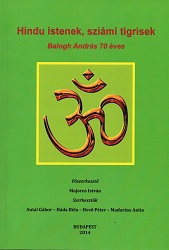
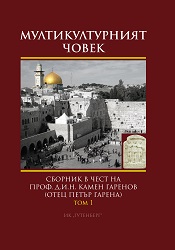
This article is dedicated to the process of inception, contradictory development, topical condition and the main problems of one of the most authoritative international organisations, the Council of Europe. It follows the movement of ideas regarding its different visions: the initial hopes that it will achieve the centennial idea for unification of Western Europe, the subsequent disappointment and its transformationa into a second-tier West European organization, its development after the Cold War as prestigious 'club of European democracies' and a sort of first anteroom to the European Union. Some of the main problems it faces as challenges in the XXI c., particularly the policy of protection of national minorities, the application of double standards and the notion that precisely this organization outlines the visible frontiers of United Europe, have been analyzed.
More...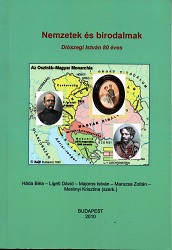
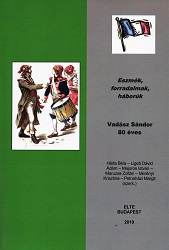
Sándor Vadász was 80 years old in 2010. His colleagues greeted him with studies. At the end of the volume there is an interview with professor Vadász about his life.
More...



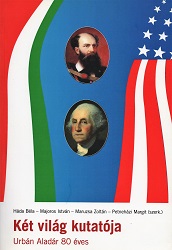

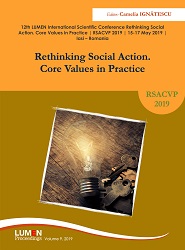
Proceedings Volume: 12th LUMEN International Scientific Conference Rethinking Social Action. Core Values in Practice | RSACVP 2019 | 15-17 May 2019 | Iasi – Romania
More...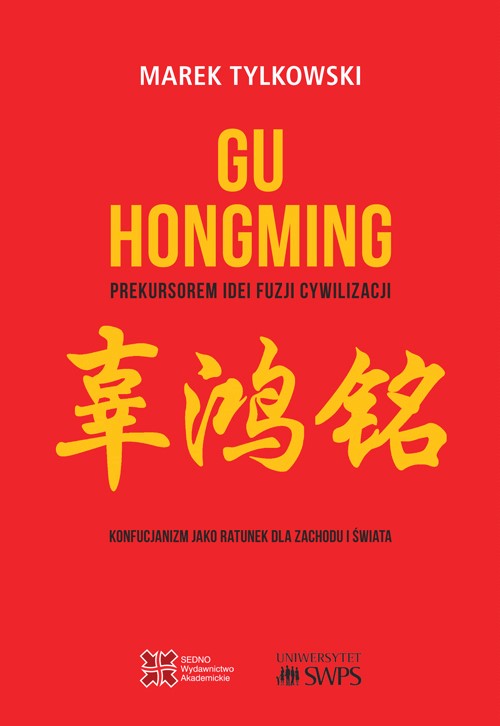
An intellectual biography of one of the most influential Chinese political and social thinkers at the turn of XIXth/XXth centuries.
More...
The paper deals with the delimitation and access to the historical bases of pre-school education, whose author is the momentous German pedagogue F. W. A. Froebel and points to the importance of his pedagogical work for contemporary pedagogy. Article presents eminent thoughts influencing the establishment of kindergartens, which have become the principal fundamentals of institutional education of preschool children around the world. In the paper are 1. delineated documents that deal with the topic and present the state of the issue in Slovakia as well as abroad; 2. formulated bases of projected research in the area in question from the acquired knowledge.
More...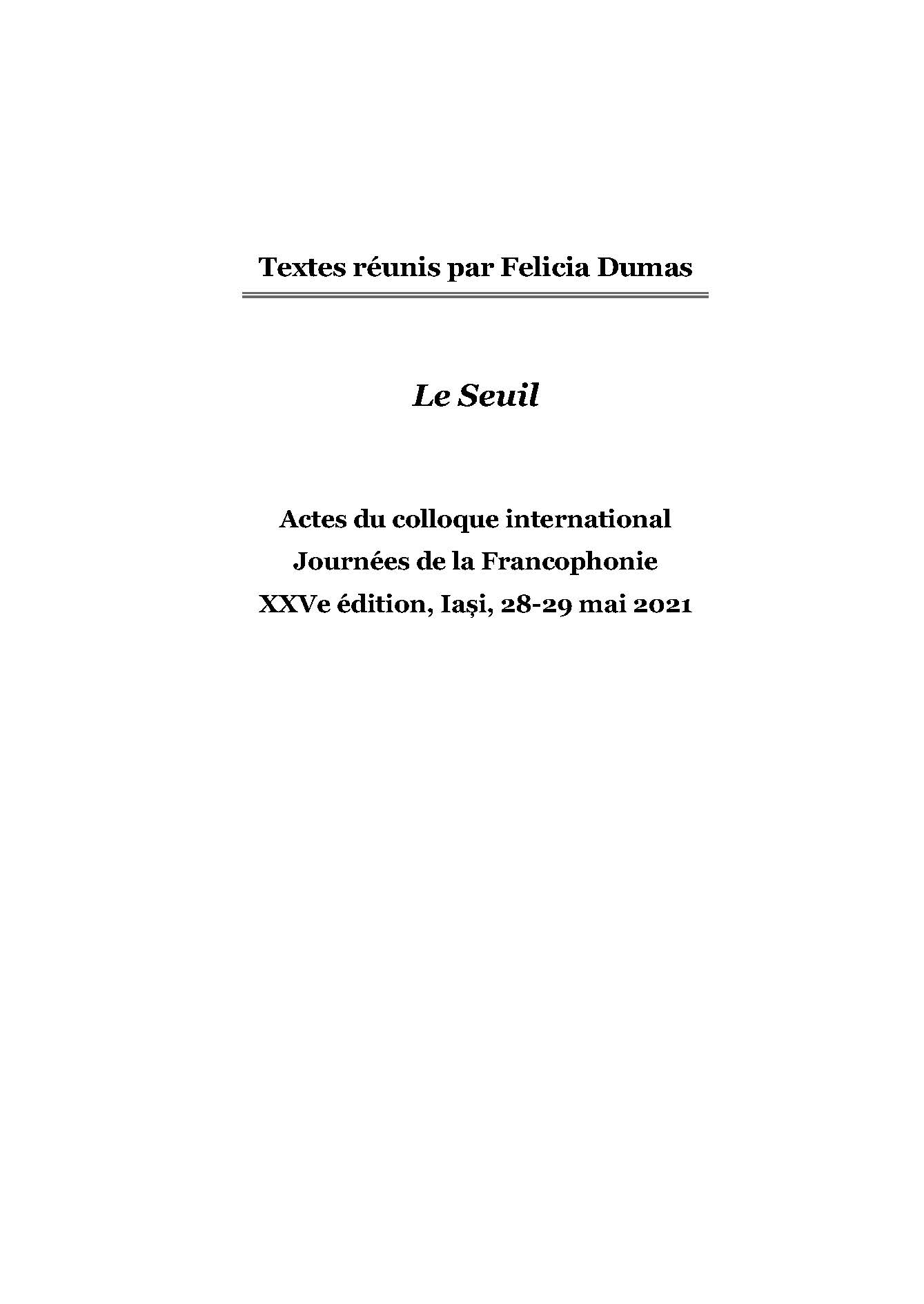
This paper explores the relationship between reality and dream, between the real and the unreal in the Francophone imaginary. It describes the evolution of this relationship in all its aspects and approaches starting from the Romantics. The analysis is based on Francophone literature in Belgium, which is characterized by an intricate tension between the real and the unreal. Ulenspiegel’s Legend by Charles De Coster is considered to be the founding text on human propensity to dream and it paves the way for Modernist aesthetic theories. The same approach can be found in Maurice Maeterlink’s works where the threshold between reality and unreality is widely discussed. Franz Hellens, who promoted the fantastic in his works, wrote what can be termed as an extension of surrealism in Belgian literature, while Michel de Ghelderode associated onirism with painting-ness. The power of dreams in Marguerite Yourcenar’s characters relied on the theory of the communicating vessels, and Jean Ray adopted a classical fantastic centered on the paranormal. The paper ends with Paul Willems whose works are imbued with onirism and magic realism.
More...
The present study consists of four parts. In the first part, a synthesized, fragmentary review of cases in which, a priori, the future is foreseen is made - from deep antiquity to our present day, i.e., a memory of the past. In the second part, "sprouts of the future" are captured in a multi-vector aspect. In the third part, based on certain assumptions and through a combination of prognostic methods, the movement of the GDP of a group of countries from 2015 to 2044 is extrapolated. And in the fourth part, our memory of the future is developed. Sketches of the big world picture in 2044 are captured, the changes that have occurred, the location of the major economic powers, the way of organization and connection of individual countries, the emergence of a new factor of production, etc.
More...